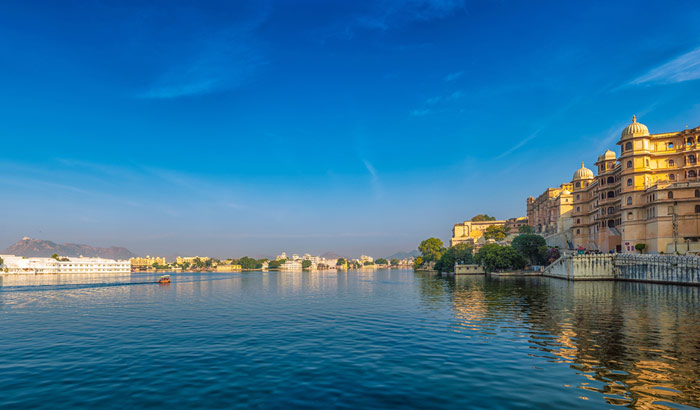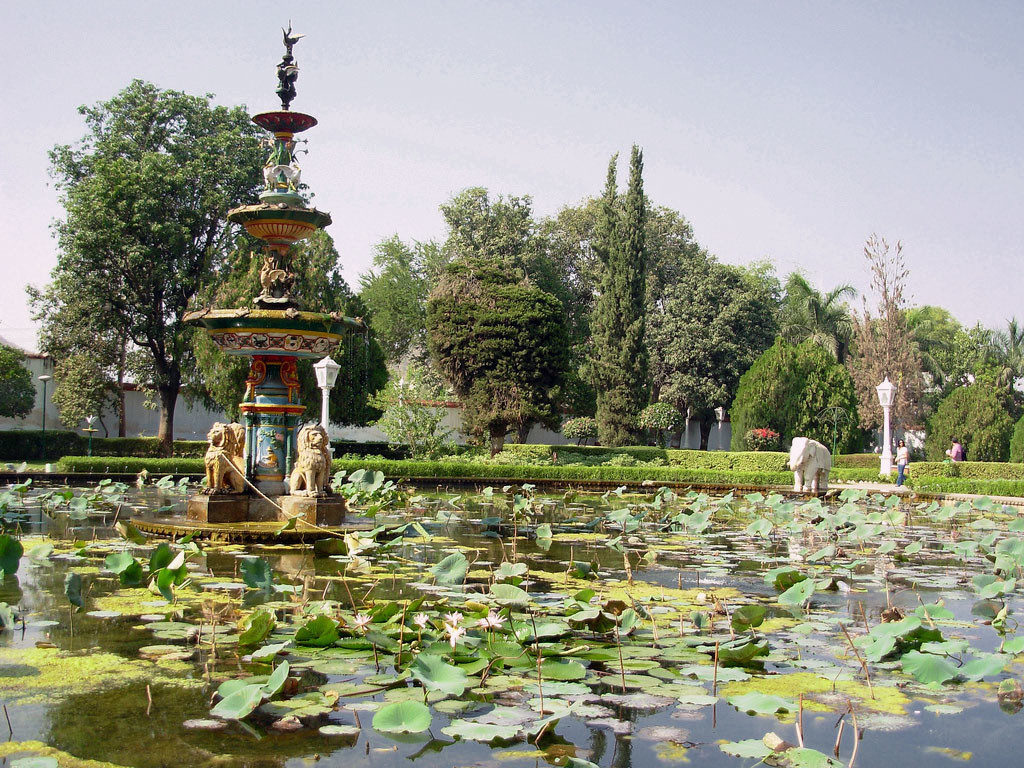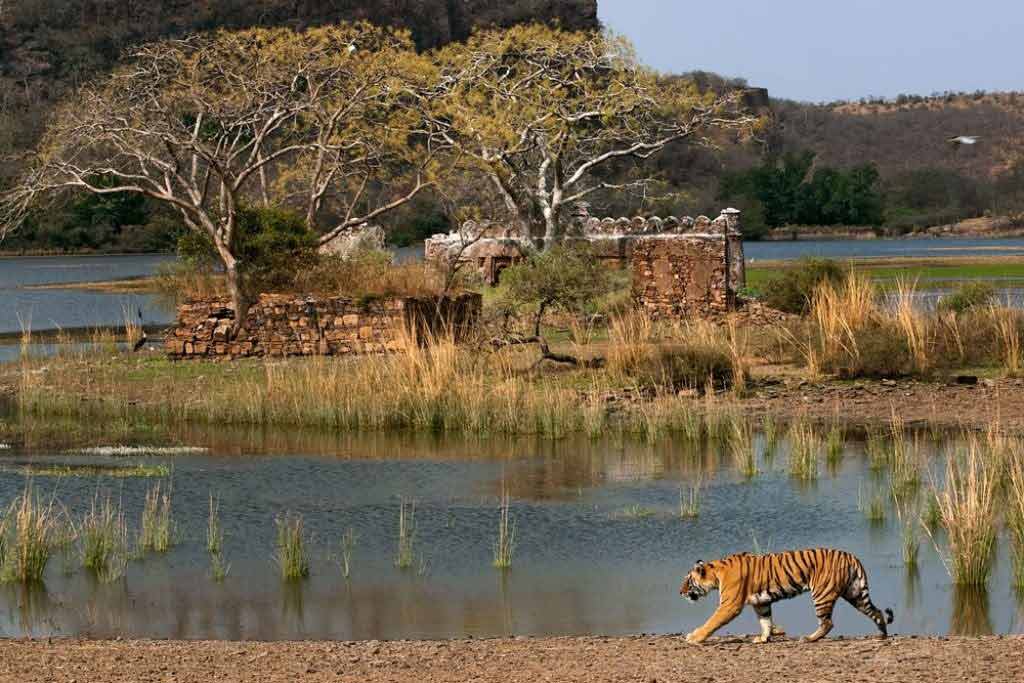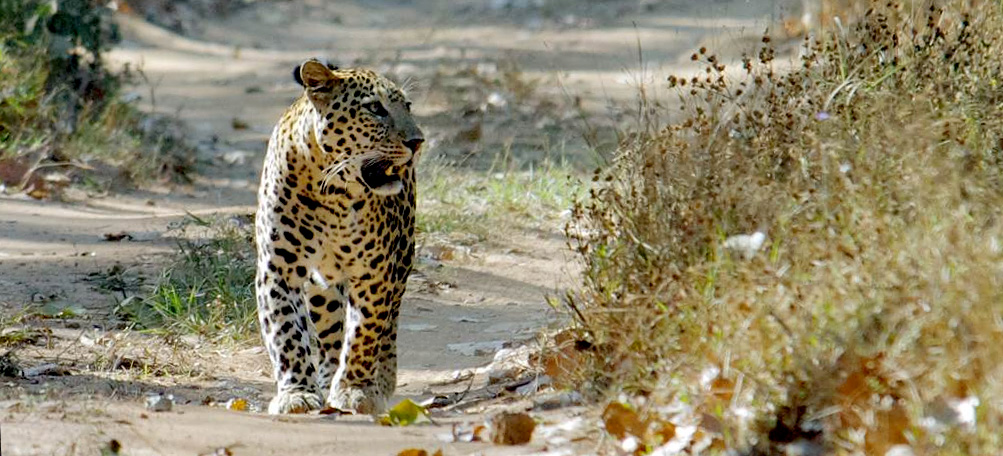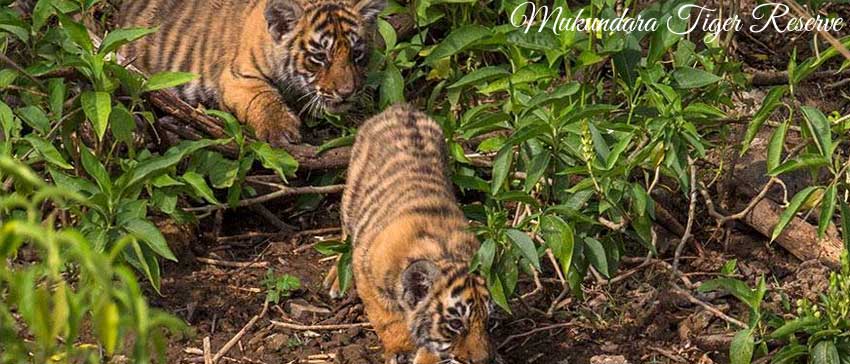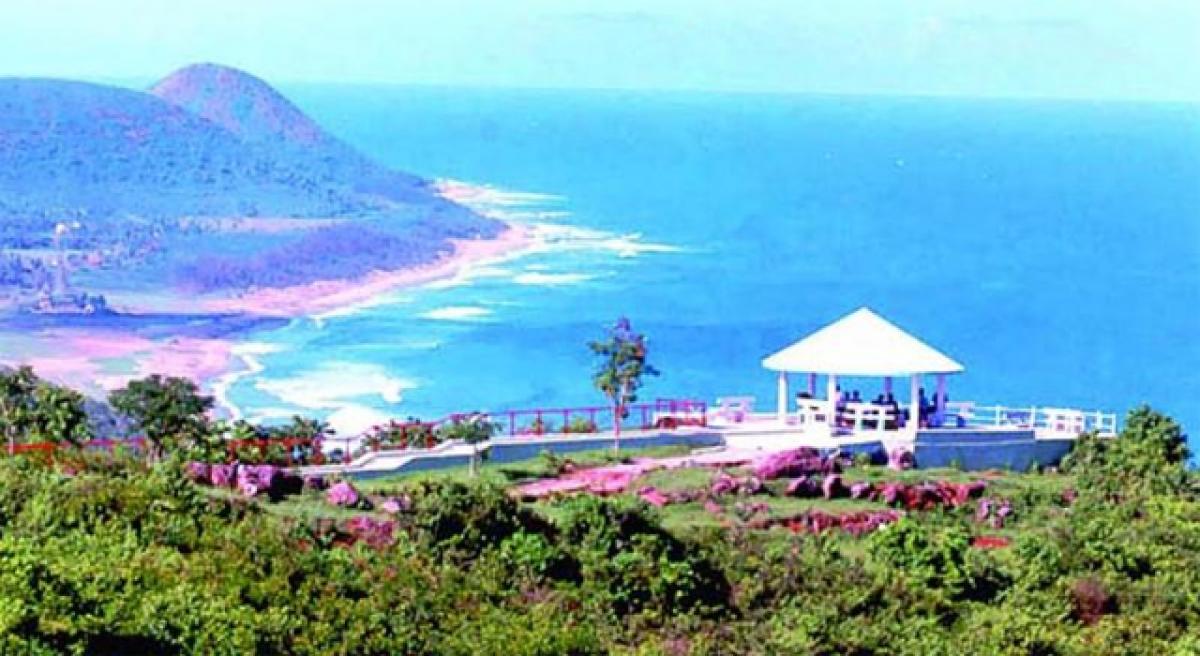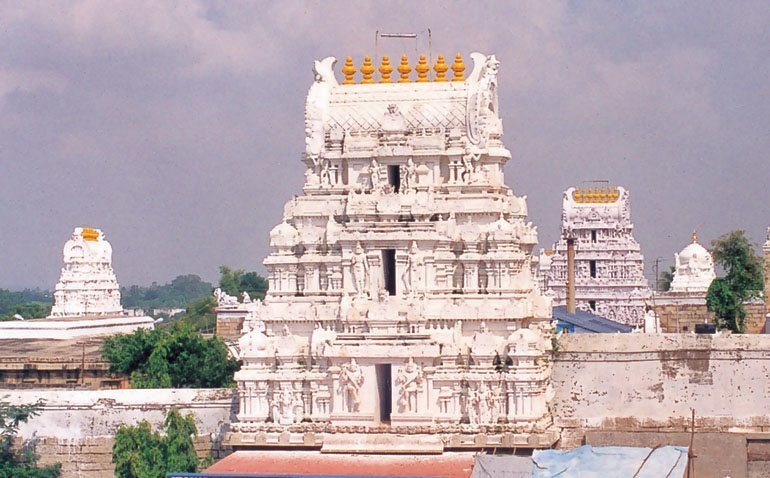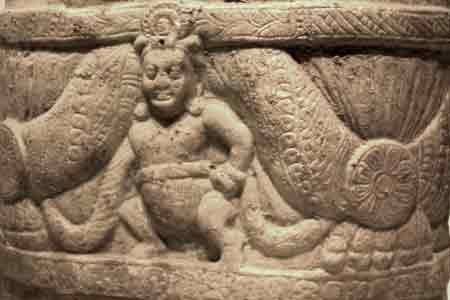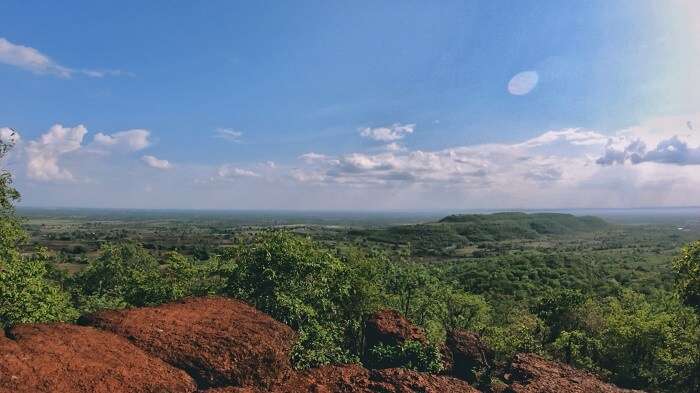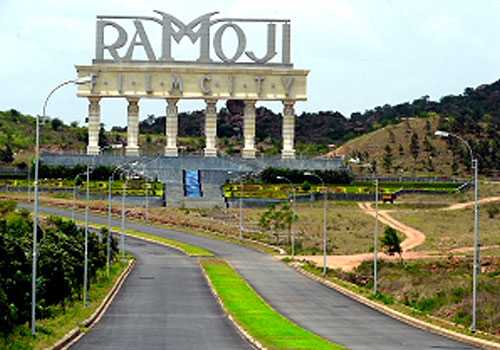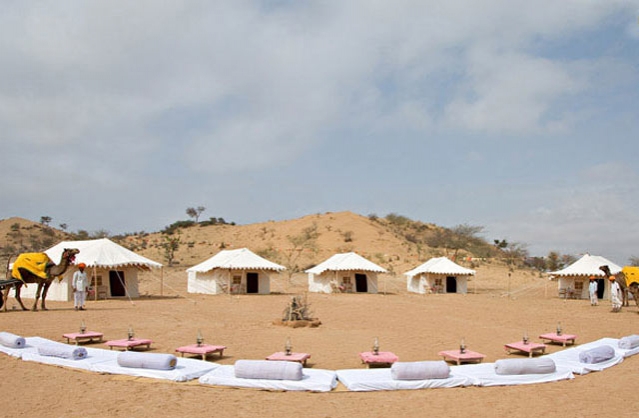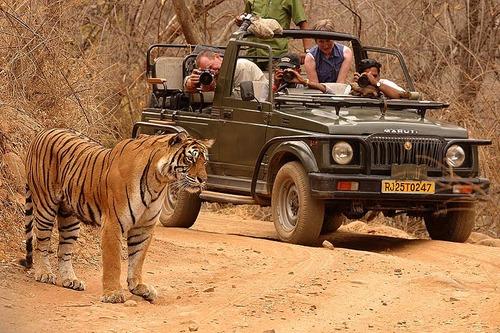Sikkim Tour; -
Sikkim is a small state in northwest India, bordered by Bhutan, Tibet and Nepal. Part of the Himalayas, the area has a dramatic landscape including India’s highest mountain, 8,586m Kanchenjunga.
Sikkim is also home to glaciers, alpine meadows and thousands of varieties of wildflowers. Steep paths lead to hilltop
Buddhist monasteries such as Pemayangtse, which dates to the early 1700s.
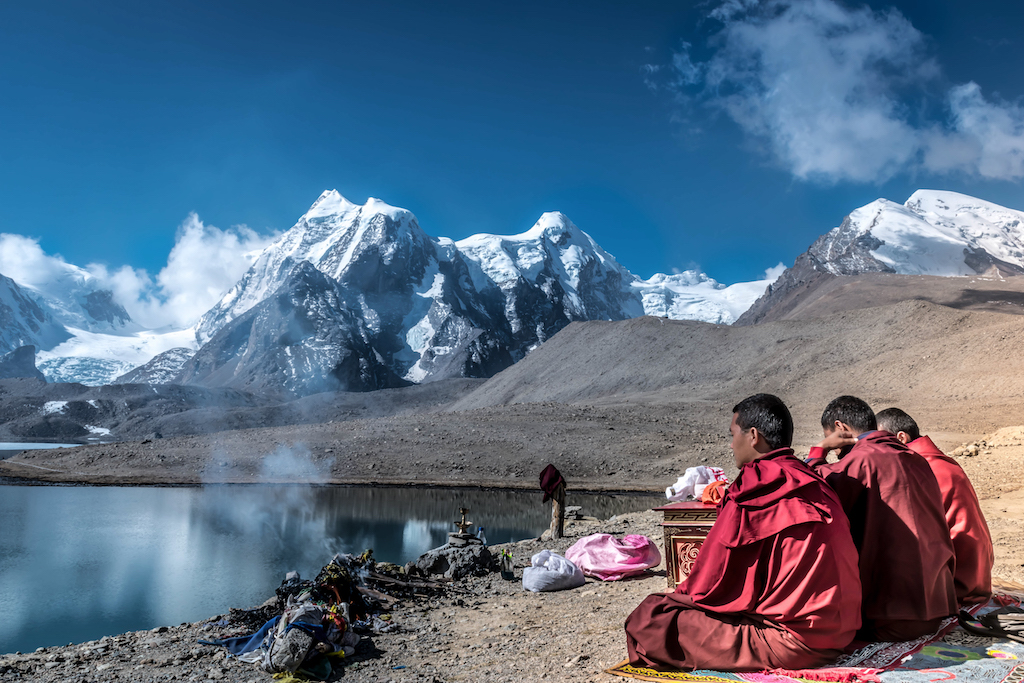
Attractions In Sikkim ;-
Gangtok ;- Wreathed in clouds, Gangtok, the capital city of
Sikkim is located on a ridge at a height of 5500 feet. With a spectacular view of the Khangchendzonga, the town provides the perfect base for travel through the state. Once an important transit point for traders traveling between Tibet and India, it is today a busy administrative and business centre and presents an interesting mix of cultures and communities.
Gangtok is a cosmopolitan town which offers the tourist all possible amenities. Hotels are available in a range of prices along with a variety of eateries serving cuisine for all tastes. Shopping complexes, cyber cafes, night clubs and pool parlours abound for those so inclined.
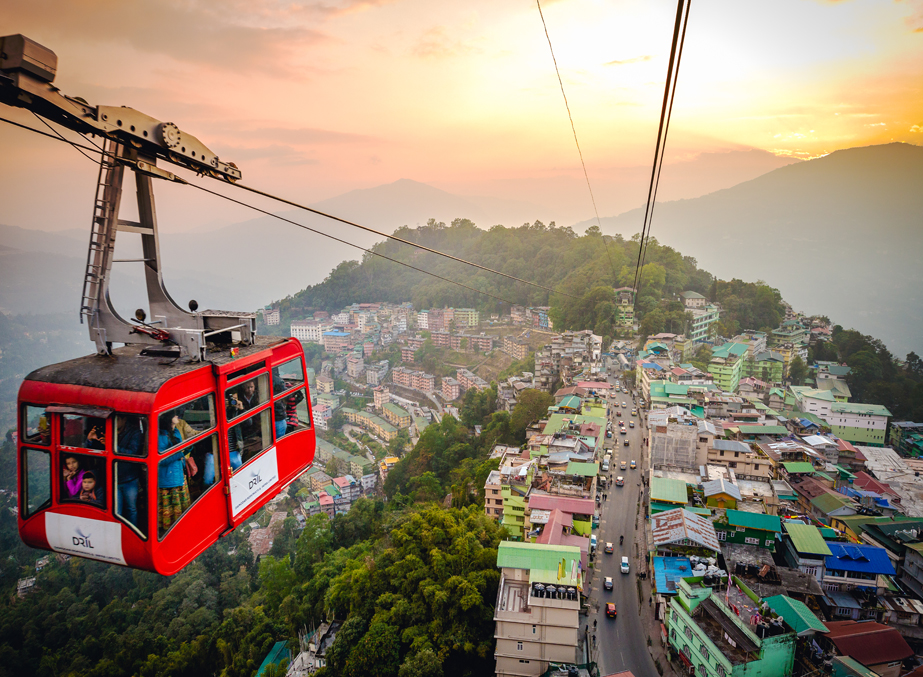
MG Marg, the main street of
Gangtok town is a great place to chill out. The countrys first litter and spit free zone, no vehicular traffic is allowed into the marg. You can sit at the Titanic Park or at the various benches stretched across the mall and take in the carnival like atmosphere, especially during the tourist season. The Mall is lined with shops on both sides of the road so shopping becomes an added pleasure.
MG Marg is also the venue for the annual
Gangtok Food and
Culture festival held in December each year when
Sikkims multi-cultural cuisine, along with music and dance performances are showcased. This event attracts a large number of locals and tourists each year.
Monasteries ;-The secluded green valleys of Sikkim are cuddled in the lap of the Himalayas. As soon as one lands in Sikkim, they get the feeling of walking on the green carpets, floating clouds, gigantic mountains, and seamless paths dotted with colorful Tibetan prayer flags. Feast your eyes on the golden hues of Kanchenz donga while you discover splendid waterfalls, sacred lakes, picturesque village scenes and sequestered monasteries.

The
monasteries in Sikkim can soothe one's soul with every bit of spirituality. Some of the famous monasteries in
Sikkim are Pemayangtse Monastery, Rumtek Monastery, Enchey
Monastery, Phensang Monastery, Phodang Monastery, Tashiding Monastery, Sanga Chelling Monastery, etc. As per the latest report, there are more than 200 monasteries in Sikkim and most them pass under the judgement of the Nyingma and Kagyu which not only influences cultural heritage but lifestyle of the people as well. It also demonstrates about the ancient rituals and rules which are in vogue.
Monks dressed in red robes, chanting hymns to the rhythm of drums and trumpets while soft lights flicker from decorative lamps placed before statues of the great Guru Padmasambhava. One can feel the peace and closeness to the almighty at this place as the sacred words mingle with the whirring prayer wheels. The exteriors of the monasteries are adorned with the religious Gompas. One can see that the Gompas are decorated with frescoes of hoary Buddhist legends, rare silk and brocade Thangkas. Also preserved here are ancient Tibetan manuscripts, exquisitely carved wood work and icons of silver and gold. Perched on a hill top above
Gangtok, these monasteries are rare sites.
Ravangla ; - It's time to let go! Time to shed inhabitation and embrace the diversity of India. With the magnificent Kanchenjunga as the backdrop,
Ravangla is the perfect place to laze around with a cup of coffee and enjoy the best of Sikkim. There are temples, monasteries, sightseeing, adventure sports; Ravangla is the jack of all trades, and master of many Sikkim towns. Located in the magical environment of the plush Himalayan forest and colossal mountains which enhance the skyline, Ravangla is the perfect base for some of India's finest tourism destinations and treks.
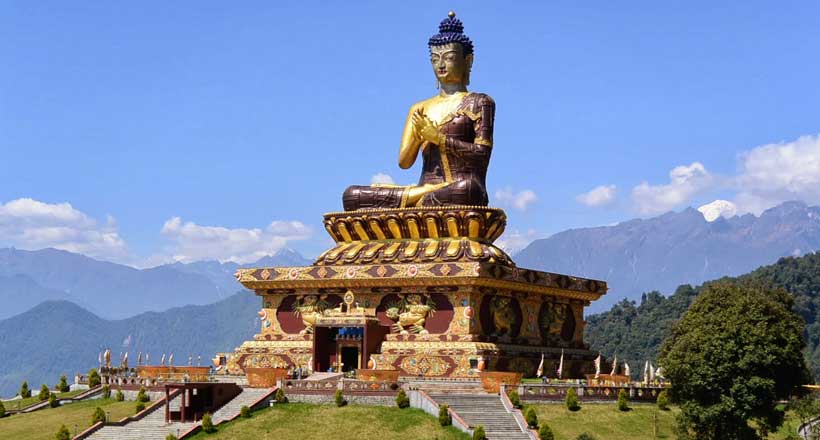
Every year
Ravangla attracts tourist in large numbers because of its exotic flora and fauna, haughty snow mountains, gusting waterfalls, quaint villages, hospitable villages, picturesque tea gardens, ethnic culture, old monasteries and fresh atmosphere. What makes Ravangla unique from other destinations in Sikkim is the Bonn Monastery, Ralang Monastery, old yet historical market of Kewzing, along with mysterious small caves.
Namchi - The small town, Namchi is the epitome of culture, diversity, religion, benevolence, and also depicts the munificence of Sikkim. Namchi is blessed with welcoming monasteries, traditional temples, lush greenery, flora, and forests. On a tour to Namchi, tourists can unveil the best kept secrets of the Himalaya. The beauty of
Namchi can't be defined in a single word or phrase.
'Sky High' is what the meaning of Namchi, and is completely synonymous as it is located at an elevation of 5,500 ft. As per the historical facts, once Sikkim was under the reign of the Chogyals. It is believed that Chogyals were the ones who ruled the both Sikkim and Ladakh. Legends say that one of the Sikkimese princesses, Pende Ongmoo deceived a Sikkimese Chogyal. When people of Sikkim got to know about this, they killed the Sikkimese princess, Pende Ongmoo. The place where the Pend Ongmoo was killed is believed to be the present day Namchi.
Kirateshwar Mahadev Temple ;- Located on the bank of the Rangit River,
Kirateshwar Mahadev Temple is a must visit religious sight for every tourist on their tour to Legship,
West Sikkim. The temple is located at a distance of 5 km from Pelling and is connected with Geyzing and Pemayangtse. The temple is dedicated to Lord Shiva and has lots of tales connected to the Hindu epic, Mahabharata. According to legends, this is the place where Lord Shiva appeared in front of Arjuna in the disguise of a hunter and blessed him to attain success in the war of Mahabharata.

Currently, there is a guest house within the premises of the temple, and it can accommodate more than 500 people. The temple is at its liveliest during the months of November and December as the famous festival Bala Chatur desi is celebrated during this time.
Lachung, Lachen And Yumthang Valley; - In far North Sikkim, six hours from Gangtok and 9,000 feet above sea level near the Tibetan/Chinese border, Lachung and the
Yumthang Valley dazzle visitors with dramatic pristine scenery. Lachung served as a trading post between Sikkim and Tibet before Tibet was annexed by China. Now, it's the base camp for the renowned Rhododendron Valley Trek from Yumthang Valley to Lachen Valley. Other attractions in the area are Lachung monastery, Yumesamdong (Zero Point), and the astonishing high-altitude Gurudongmar Lake (it's one of the world's highest lakes, at more than 17,000 feet above sea level).
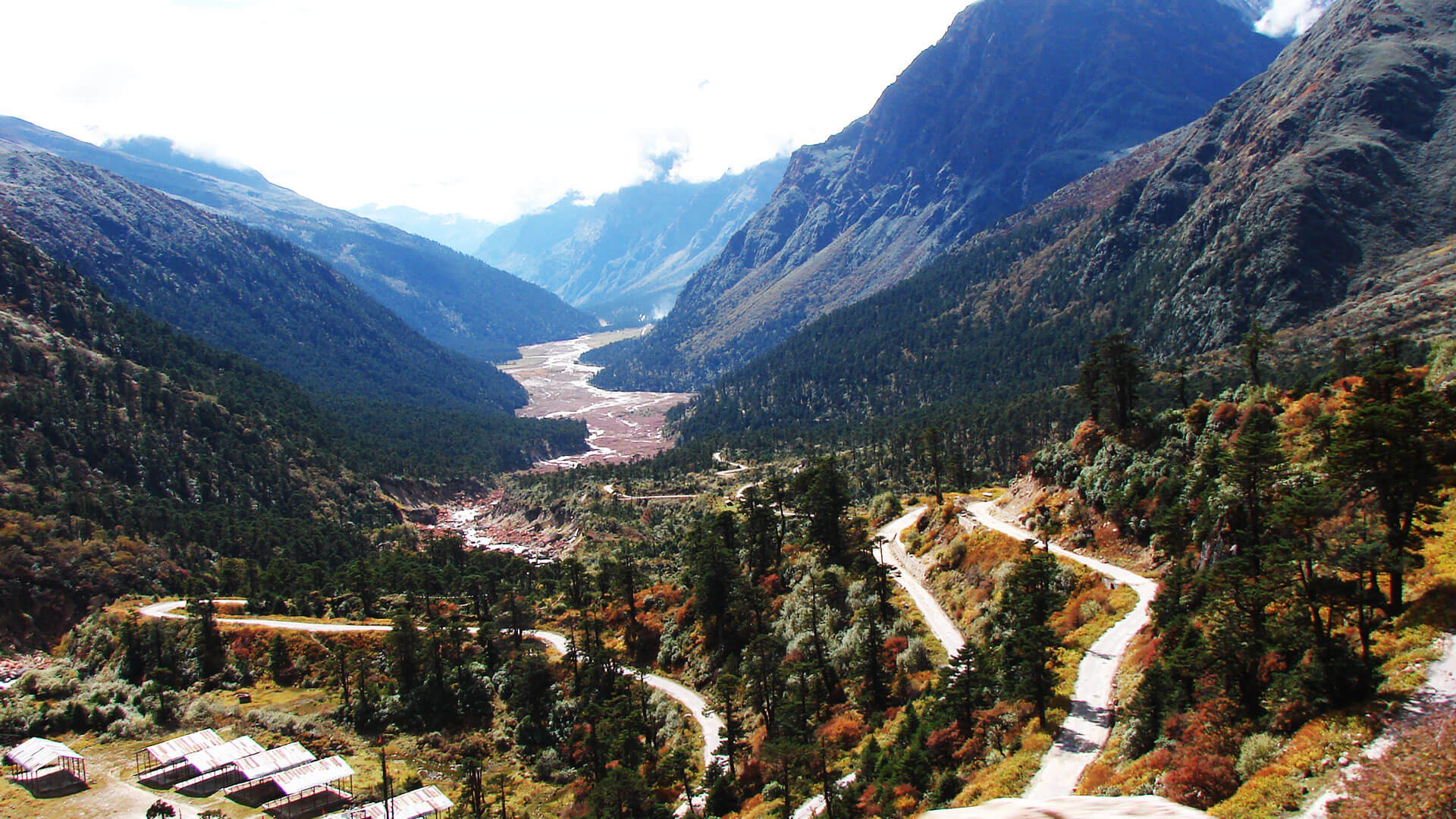
North Sikkim is a restricted area and it's necessary to obtain a special permit to visit it. You'll need to make your travel arrangements through a registered tour company, which will also organize the permit for you. This can be done in Gangtok. Note that the
Yumthang Valley is closed from December and March due to heavy snow, and foreigners are only permitted as far as the Chopta Valley (they cannot visit Gurudongmar Lake).






